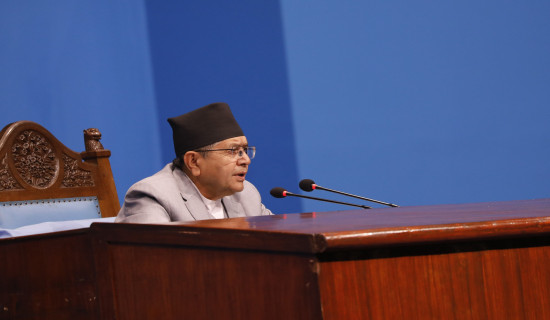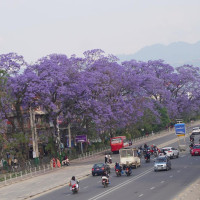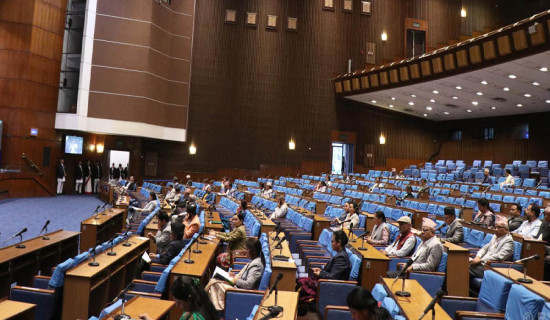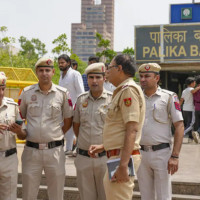- Friday, 9 May 2025
Disaster Preparedness
Each year, natural disasters like floods, landslides, forest fires and lightning claim hundreds of lives in Nepal. Likewise, wildlife attacks, plane crashes, altitude sickness and snake bites are other major menaces that take the lives of people. As per the news published in this daily the other day, a total of 8,861 disaster-related incidents occurred throughout the country and a total of 745 people were killed, 69 went missing, and 1702 sustained injuries in such incidents in 2081 BS.
Adequate planning and timely action by the concerned authorities can minimise disaster impacts and save lives and properties to a great extent. In this context, if we are unprepared or poorly prepared, it costs heavily. So the government needs to make strategies, plans and preparations in advance, keeping in mind that a natural disaster of one kind or other hits us every year. There are many lessons to be learned from past events of disasters and put the plans into action.
Floods and landslides are among the major natural calamities that claim scores of lives and destroy property worth millions and displace thousands of people, and destroy thousands of hectares of agricultural land each year. Climate change has altered the precipitation patterns over the years, resulting in high precipitation over a short period. These calamities also take significant tolls on physical infrastructures such as roads, bridges, power plants, water supply lines and communication networks. Potential bursting of the glacial lakes in the high Himalayas is another threat that can devastate the lives of people living downstream. A glacial lake outburst flood (GLOF) caused widespread devastation in the Khumbu region of Nepal last monsoon season.
Wildlife attacks are another leading cause of death of people living in the vicinity of national parks and wildlife reserves. Tiger attacks near Bardiya National Park and Chitwan National Park and elephant attacks in districts like Jhapa and Morang have increased lately. Wildlife tourism has a good potential for Nepal and the nation has achieved remarkable success in wildlife conservation and habitat management. But a bitter fact is that the area of habitat has not increased in proportion to the growth in wildlife population. As a result, human-animal conflict is on the rise.
Looking back at the year that has just been left behind, our aviation industry experienced a major setback with the crash of Saurya Airlines, which posed a major question about how safe our aviation industry is while the European Union has still not recognised our air safety standard. Despite conservation efforts, deforestation, wildfires and human encroachment have led to the shrinking of the habitats of wild animals. This prompts wild animals to venture into the villages in search of food, leading to the rise in incidents of human deaths and the killing of livestock. This is a problem the conservationists should try to resolve based on scientific studies.
As the New Year sets in, the government needs to resolve to minimise loss of lives and properties in disasters and human- wildlife conflict. Although we may not be able to avoid the occurrence of natural disasters like landslides, flash floods and earthquakes, we can always make a big difference with adequate planning, preparedness and necessary budget allocations. Awareness, education and strict implementation of legal measures are equally important to save lives and protect public infrastructures.
















